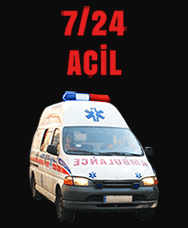Surgical treatment of subungual glomus tumors: Experience with lateral subperiosteal and transungual approaches
Background: Nail bed deformity and tumor recurrence are the major complications of subungual glomus tumor surgery. Therefore, alternative methods to approach glomus tumors in the hand have been proposed in order to avoid further nail bed injury after surgical treatment. Methods: In this study, a series of 32 patients with glomus tumors in the subungual region of the hand, treated surgically with two different types of incisions, is reported. The clinical efficacy and safety of surgical treatment of glomus tumors performed using the lateral subperiosteal or transungual approaches were analyzed. Results: In the transungual approach, as the nail plate is extracted and the nail bed is incised, there is a high risk of postoperative nail deformity and late recovery. However, with the lateral subperiosteal approach, because only the skin lateral to the nail is incised without extracting the nail plate and incising the nail bed, nail bed injury does not occur. Conclusion: Overall, early recovery takes place and postoperative nail deformity is improved. The main advantages of the lateral subperiosteal approach are that it permits reduction of postoperative nail deformity and early recovery. However, not every glomus tumor is suitable for the lateral subperiosteal approach. In tumors located peripherally, the lateral subperiosteal approach provides quick recovery of cosmetic appearance and less deformation of the nail.









